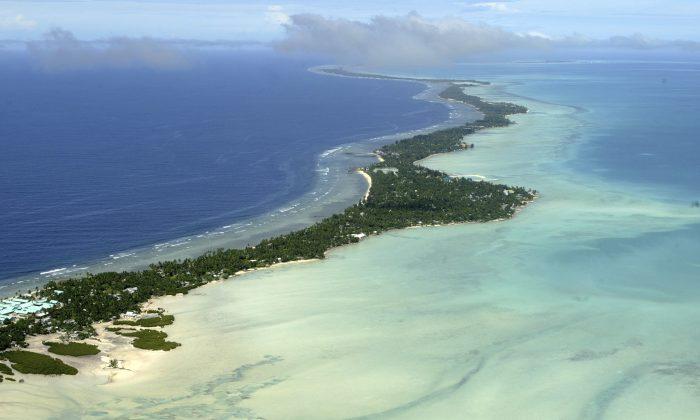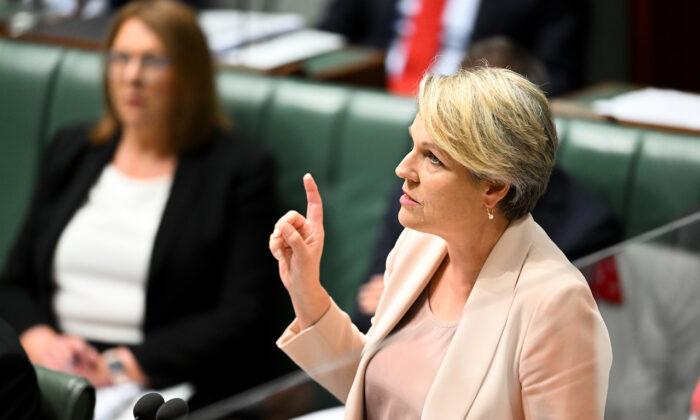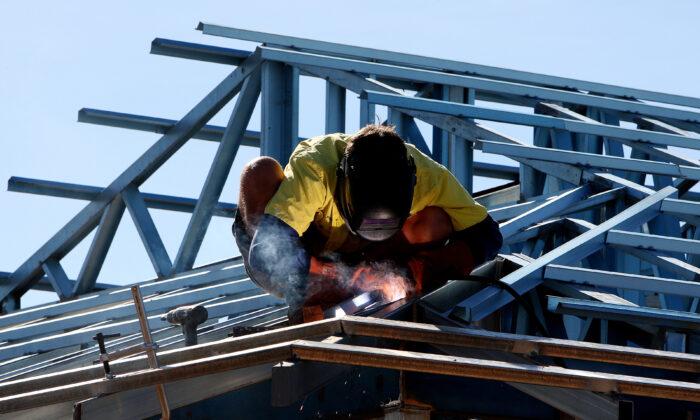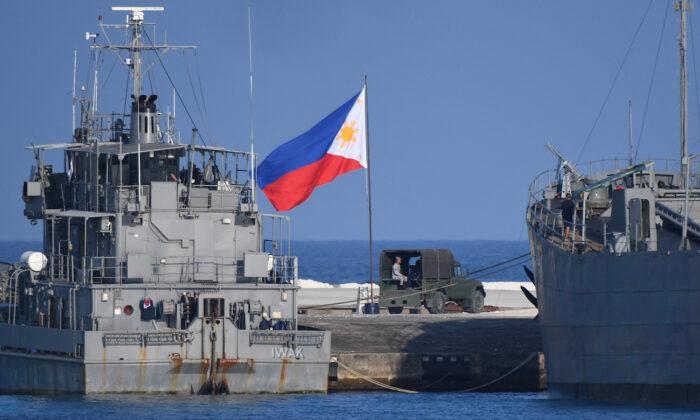The United Nations Children Fund (UNICEF) is warning that children in Kiribati are at risk of bacterial contamination as drought in the Pacific nation worsens.
Rice Chudeau, head of UNICEF Kiribati, told Radio New Zealand (RNZ) that current rainfall levels were at historic lows.
“From the rainfall and well monitoring data, we know that the forecast is more dire for the southern islands of the Gilbert group,” Chudeau said. “Over 94,000 people or almost 80 percent of the country’s total population lives on those islands and therefore at higher risk, within the household.”
He said a 2019 UNICEF survey found 85 percent of tested water sources and 91 percent of household drinking water was contaminated with E. Coli bacteria.
“The drinking water at almost all sources and homes in the central and southern Gilbert group were contaminated with E. coli, and this is at normal times,” he said.
“So during a drought when water becomes scarce many people forfeit hygiene practices like hand washing with soap or bathing, and this has a direct impact on children’s health and their nutrition, and that can eventually lead to an increase in cases of diarrhoea, skin infections, or malnutrition.”
Below Average Rainfall Leads to Salinity Issues
Chadeau also noted the drought was not just affecting households but schools where water had become too saline and brackish too drink.“Children are unable to learn if they are dehydrated and the lack of access to water in schools has a direct impact on children’s education, their health and their wellbeing,” he said.
This year, Kiribati has recorded less than 5.8 cm (2.3 inches) of rainfall with UNICEF estimating that at least 119,000 people residents have been affected, including 79 percent of the total population in the southern islands dependent on rainwater harvesting.
At present, modelling indicates the drought may break at the end of 2022. However, given the drought is driven by the La Nina weather event it may last longer with the Australian Bureau of Meteorology declaring a 70 percent chance of La Nina forming again.
Australian Aid Response
A spokesperson from the Department of Foreign Affairs and Trade said that as members of the Pacific family, Australia is a long-standing partner of Kiribati and that in cooperation with partners, they are prioritising the most vulnerable in Kiribati.“The Australian Government is committed to supporting Kiribati respond to its current drought,” the spokesperson said.
The spokesperson said that at present, Australia has provided over $2.6 million in drought relief to Kiribati and was supporting a UNICEF package focused on water, sanitation and hygiene.
Funding is also being provided to Australian non-government organisations such as CARE Australia and Plan International Australia to work with local partners to ensure equitable access to drinking water in South Tarawa and the Outer Islands.
“This support also focuses on the distribution of hygiene kits and water storage containers, regular water quality testing and the procurement and installation of solar water purifier units,” the spokesperson said.
“Kiribati is experiencing acute water shortages resulting from a prolonged La Nina weather pattern and low rainfall,” he said.
Conroy noted that the funding package, along with joint financial assistance of $1.1 million from New Zealand (NZ), would enable Kiribati to install and maintain a high-quality desalination plant for the capital Tarawa.
“The new funding will enable the installation of a new desalination unit in Tarawa, as well as an electricity generator and ongoing technical and maintenance support. It will have the ability to convert seawater to fresh water and produce an additional 200,000 litres per day (52,800 gallons). Our countries are now working together to procure and deliver the unit.”




